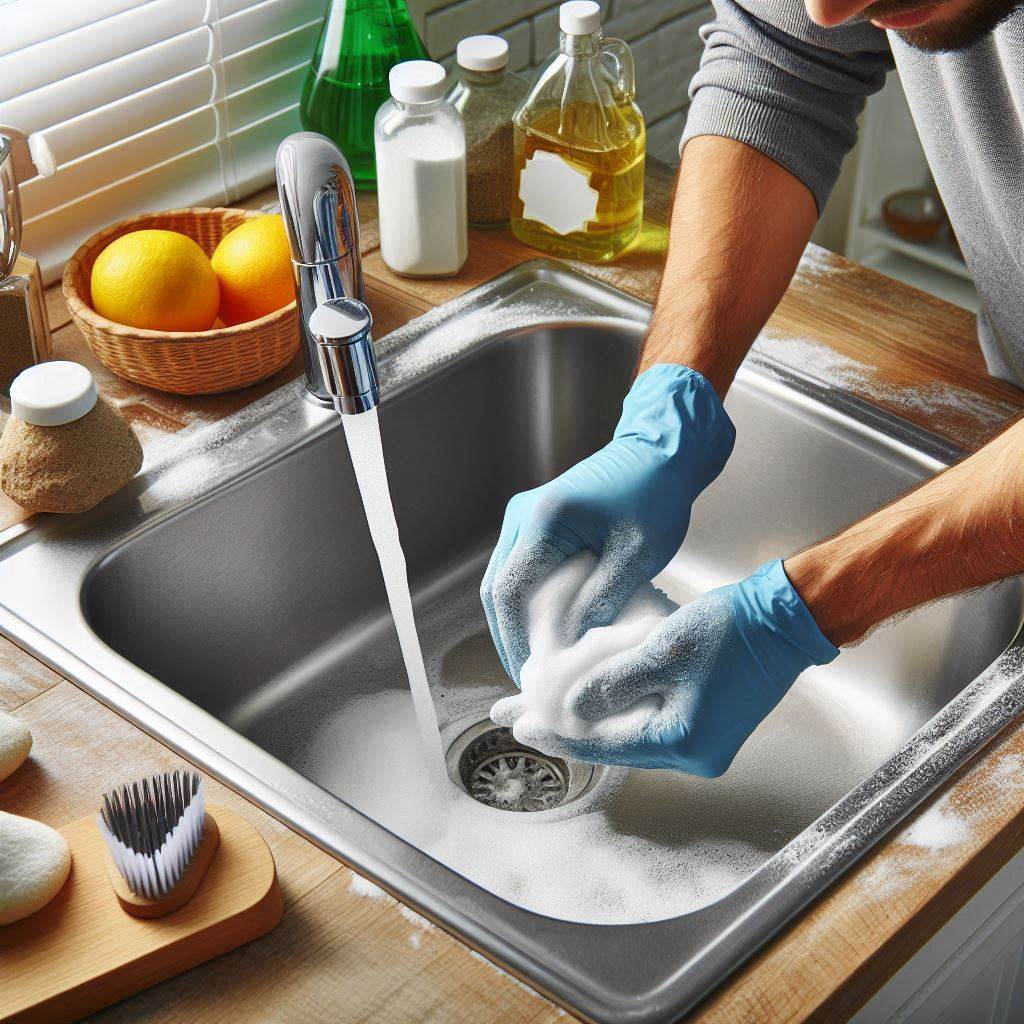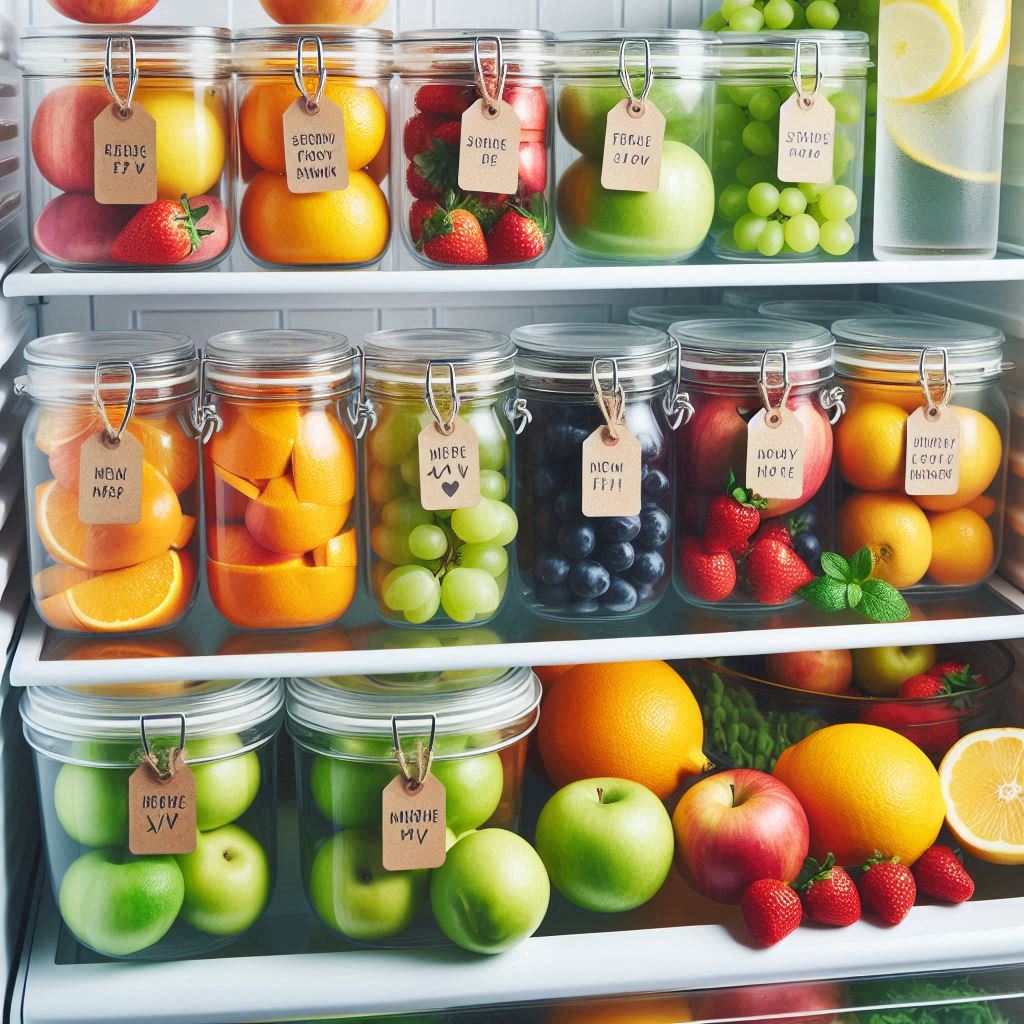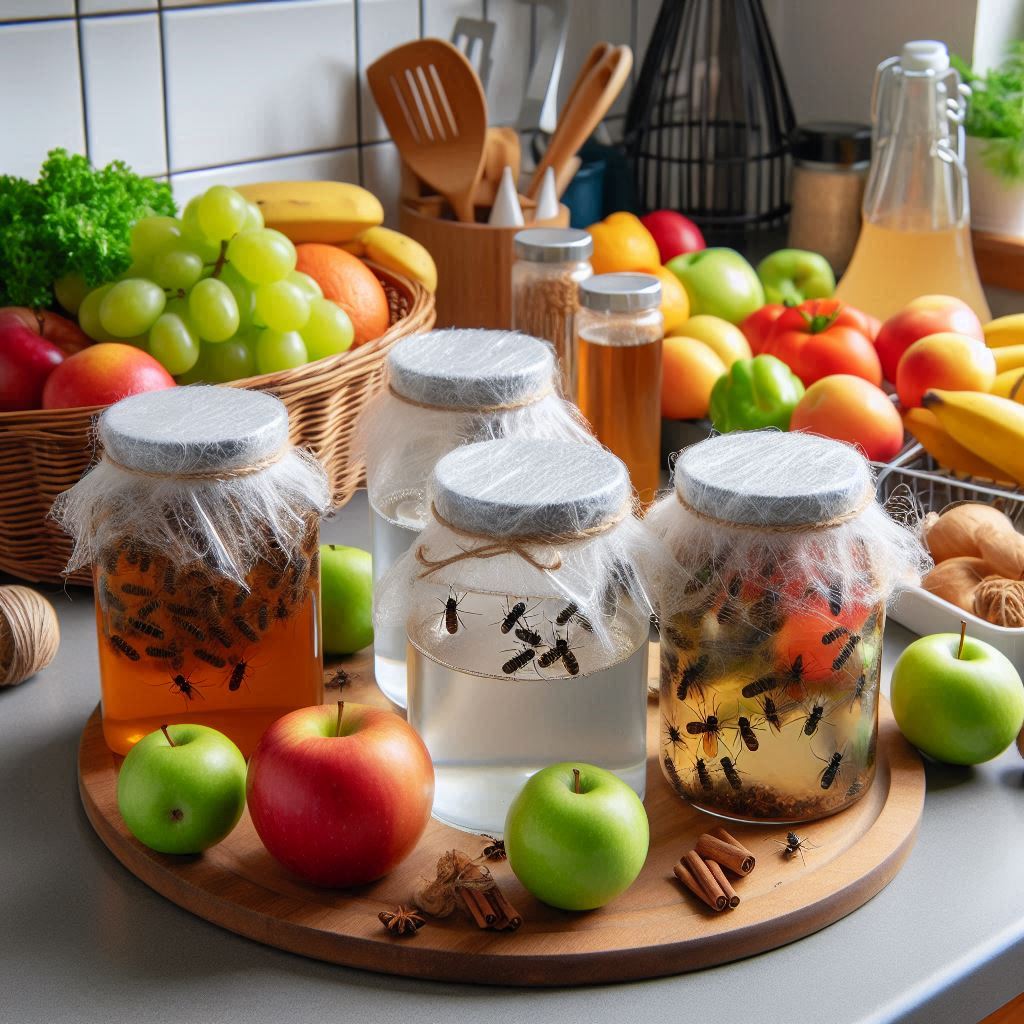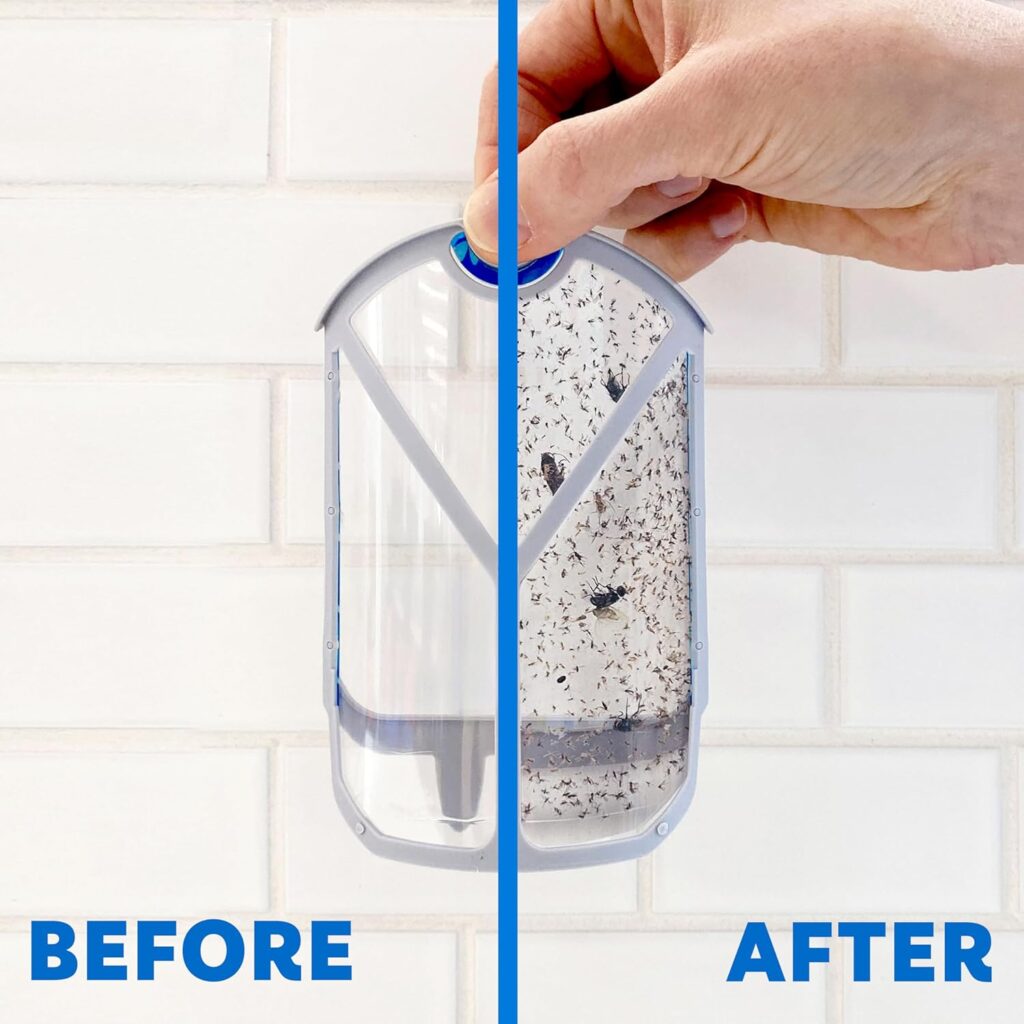Gnats. Those tiny, buzzing kamikaze pilots who dive-bomb your face while you’re trying to enjoy a peaceful meal. They’re more than just a nuisance; they can also be a sign of underlying issues in your kitchen’s hygiene.This guide will equip you with the knowledge and tools to banish these pesky invaders from your culinary domain.
Why Gnats Take Up Kitchen Residence
Before we go into the elimination strategies, let’s understand why gnats find your kitchen so darn appealing. Gnats, particularly fruit flies and fungus gnats, are drawn to a few key things:
- Moisture: Leaky pipes, damp dishrags, and condensation on windows create a breeding ground for these moisture-loving creatures.
- Fermentation: Overripe fruit, sugary spills, and even the buildup in drains provide a feast for gnat larvae.
- Organic Matter: Food debris in trash cans, under the sink, and on countertops attracts adult gnats and encourages them to lay eggs.
7 Battle Strategies to Eliminate Kitchen Gnats
Now that we know the enemy’s weaknesses, let’s deploy our counteroffensive! Here are 7 effective ways to eliminate gnats from your kitchen:
1. DIY Traps: Lure and Eliminate

These homemade traps are a cost-effective and eco-friendly way to target adult gnats.
- 1. The Alluring Vinegar Trap:
- Ingredients: Apple cider vinegar, dish soap, small jar or bowl
- Instructions:
- Pour apple cider vinegar into a jar or bowl, filling it about halfway.
- Add a few drops of dish soap. The soap disrupts the surface tension of the vinegar, causing gnats to drown when they land.
- Place the trap near gnat activity. The vinegar’s scent will lure them in, and the soapy surprise awaits.
- 2. The Fruity Doom Trap:
- Ingredients: Overripe fruit (banana, apple core), plastic wrap, toothpick
- Instructions:
- Poke several small holes in a piece of overripe fruit.
- Cover the fruit with plastic wrap, securing it tightly with a toothpick.
- The fermenting fruit will attract gnats, and the tiny holes will become their one-way ticket to a suffocating demise.
2. Eliminate Breeding Grounds: Starve the Offspring

Gnats reproduce like, well, gnats. To truly win this war, we need to target their breeding grounds.
- 1. Address Moisture Issues:
- Inspect your kitchen for leaky pipes, faucets, or condensation buildup. Fix any leaks promptly and wipe down areas prone to condensation.
- Empty and clean any containers that hold standing water, like pet bowls or vases.
- Take a close look at your houseplants. Overwatering can create a gnat haven in the damp soil. Adjust your watering schedule and ensure proper drainage.
- 2. Clean Drains: The Gnat Nursery Eviction
Drains are a prime breeding ground for gnats. Here’s a simple cleaning method:
Baking Soda and Vinegar Power:
- Pour half a cup of baking soda down the drain.
- Follow it up with a cup of hot vinegar. The mixture will fizz as it reacts, breaking down any organic matter that gnats might find delightful.
- Let the solution sit for 15 minutes, then flush the drain with hot water.
3. Other Gnat-Slaying Techniques: Expand Your Arsenal
While DIY traps and eliminating breeding grounds form the core of your strategy, here are some additional tactics to consider:
- 1. Fly Paper: The Classic Sticky Demise:
Fly paper is a readily available and effective option, especially for larger infestations. Simply hang it near gnat activity and watch them get stuck in its sticky embrace.
- 2. Essential Oils: The Repellent Offensive:
Certain essential oils, like peppermint and lemongrass, have natural gnat-repelling properties. You can use a diffuser to disperse the scent throughout your kitchen or dilute a few drops in water for a homemade spray. Reapply the spray regularly for continued effectiveness.
- 3. Store-Bought Traps and Sprays: When DIY Isn’t Enough
For stubborn infestations, commercially available gnat traps and sprays might be necessary. Look for traps specifically designed for gnats, and follow the manufacturer’s instructions carefully when using sprays. Remember, these products often contain chemicals, so prioritize using natural methods whenever possible.
4. Prevention is Key: Keeping Your Kitchen Gnat-Free
Victory over the gnat hordes is sweet, but wouldn’t it be even better to prevent them from taking root in the first place? Here are some preventative measures to keep your kitchen gnat-free:
a. Food Storage Fort Knox:
Gnats are master opportunists, drawn to the sweet siren song of exposed food. Here’s how to create an impenetrable food fortress:
- Store all fruits and vegetables in airtight containers in the refrigerator or on the counter.
- Keep leftovers covered in the fridge.
- Don’t leave out bowls of cut fruit for extended periods.
- Invest in covers for bowls and platters when entertaining.

b. Trash Talk: Maintaining a Clean Disposal System
Your trash can is a potential gnat breeding ground. Here’s how to manage it effectively:
- Use a trash can with a tight-fitting lid. Empty it regularly, especially if it contains food scraps.
- Line your trash can with a sturdy, leak-proof bag.
- Rinse out any containers before throwing them away to minimize leftover food residue.
c. Spills and Crumbs: Maintaining a Clean Battlefield
Even the tiniest spills and crumbs can attract gnats. Here’s how to maintain a clean kitchen:
- Clean up spills immediately, especially those involving sugary drinks or fruits.
- Sweep or vacuum your kitchen floors regularly to remove crumbs and food debris.
- Wipe down countertops and tables after every meal. Pay particular attention to areas where you prepare food.
d. Sink Sanitation: Keeping the Drain Gnat-Free
The sink drain is another potential breeding ground. Here’s how to keep it squeaky clean:
- Install a drain trap to prevent gnats from coming up the drain.
- Avoid pouring greasy liquids down the drain, as they can solidify and create a breeding ground for gnats.
- Regularly clean your sink drain with a commercial drain cleaner or a homemade solution of baking soda and vinegar (as described earlier).
e. Houseplant Harmony: Watering Wisely
Overwatered houseplants can create a damp haven for gnats. Here’s how to maintain healthy, gnat-free plants:
- Water your plants only when the soil feels dry to the touch.
- Ensure your pots have drainage holes to prevent water from pooling at the bottom.
- Consider using a moisture meter to gauge your plants’ watering needs accurately.
Wrapping Up
By implementing these strategies, you’ll be well on your way to a gnat-free kitchen. Remember, a combination of eliminating existing gnats and preventing future infestations is key to achieving culinary peace.
Also note that the fight against kitchen gnats is a shared struggle. Have you discovered any effective DIY traps or prevention methods? Share your experiences and tips in the comments below! Together, we can create a gnat-free future for our kitchens!


